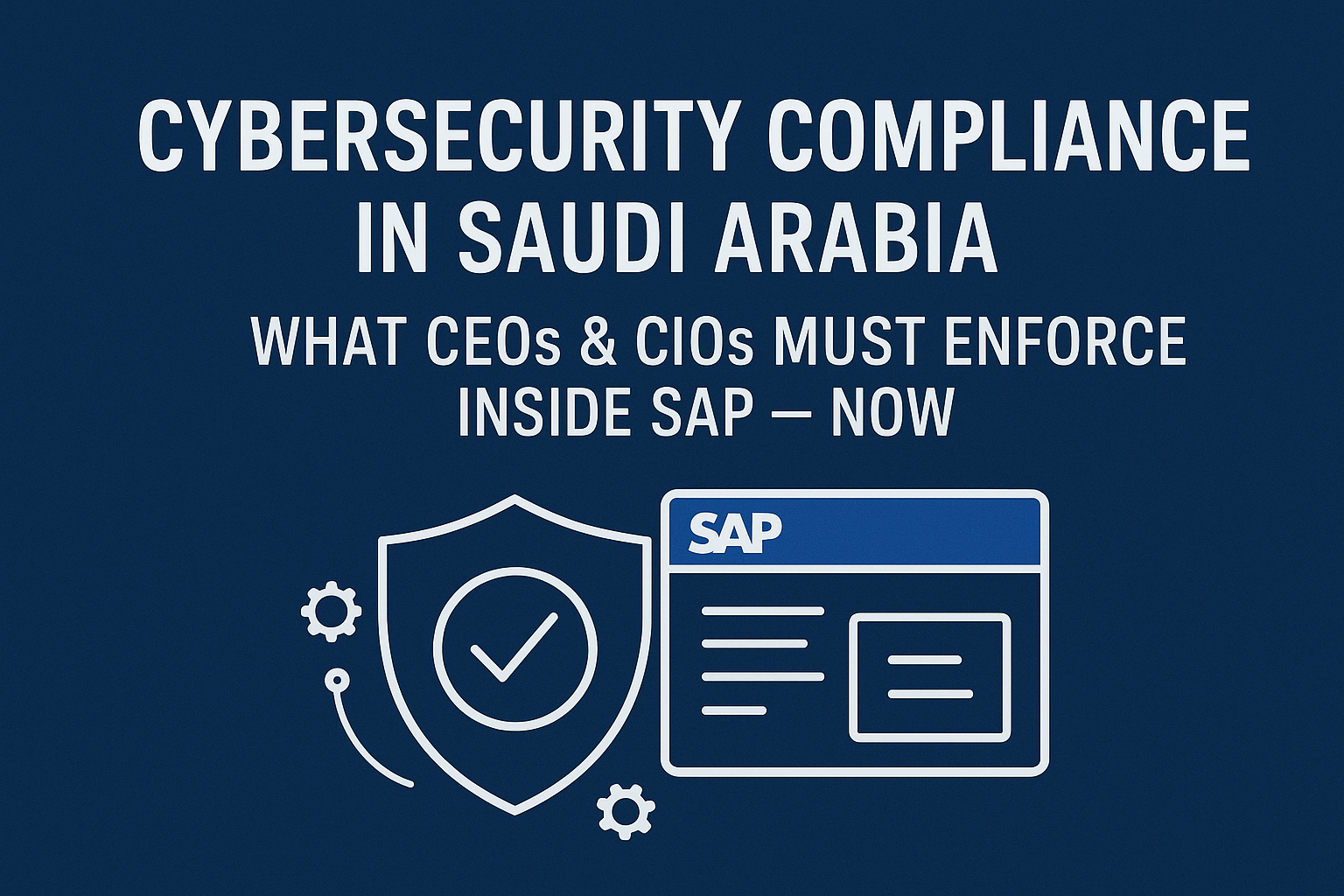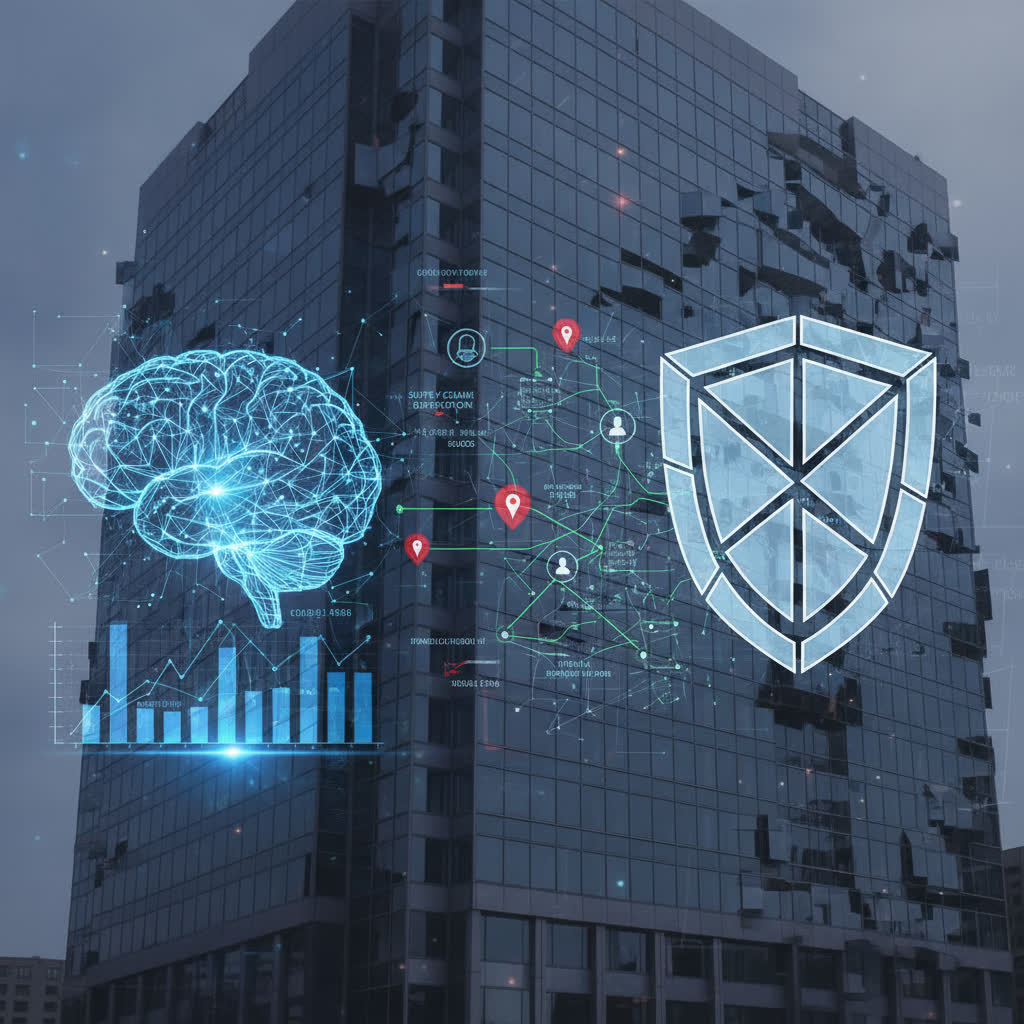Modern enterprises face fresh challenges as they transition to cloud-based platforms like SAP Business Technology Platform (BTP). In an environment where digital transformation reshapes how organizations operate, strong security systems have never been more important. Decision-makers from all backgrounds must understand what is at stake and why SAP BTP security should command their attention. Building trust in such a digital landscape requires a careful blend of strategy, technology and organizational commitment. This educational guide explores major security considerations to help enterprises manage risks and strengthen their SAP BTP implementations.
Understanding SAP BTP and Its Place in the Enterprise
SAP BTP represents a unified platform providing services and tools for data management, analytics and process integration. The goal is to simplify innovation and drive faster, smarter business outcomes. However, with these benefits comes the increased responsibility of handling sensitive business and customer data. Enterprises must recognize that as cloud services grow, so does the attack surface. Properly securing SAP BTP becomes a fundamental building block for trust—both internal and external to an organization.
For executives, managers and IT professionals, SAP BTP’s flexibility is attractive. Yet it introduces complexities regarding data governance and compliance. Different business units may deploy solutions in parallel, creating potential blind spots for security. Establishing strong governance around platform usage helps align business goals while making sure that security standards remain non-negotiable. A well-defined SAP BTP implementation ensures that enterprises can innovate while providing peace of mind to all stakeholders involved.
The Evolving Security Threat Landscape on Cloud Platforms
The proliferation of cloud technologies brings new opportunities but also exposes organizations to a wider range of cyber threats. Attackers increasingly target cloud infrastructures because of the sensitive and valuable data stored there. For SAP BTP, security challenges stem from complexities like hybrid deployments, integration with legacy systems and multi-cloud strategies. Attackers use sophisticated techniques, making it necessary for organizations to evolve their security posture in parallel with technological advancements.
Hybrid cloud environments, a common deployment model, can create gaps between on-premise and cloud security measures. Attackers seek out these seams and loopholes, often exploiting misconfigurations or overlooked permissions. SAP BTP users must be diligent with every configuration, follow best practices for identity management and regularly audit access controls. Documentation also helps maintain clarity regarding responsibility and accountability for each element of the system.
Building a Comprehensive Security Framework
A comprehensive security framework for SAP BTP consists of several domains. These include identity and access management, data protection, network security, application security and ongoing monitoring. A holistic approach considers both technical controls and organizational processes. Developing and implementing such a framework requires collaboration between IT professionals, business owners and risk managers.
Identity and access management forms the foundation of trust. Carefully assigning user permissions restricts access to sensitive data, reducing the chances of internal threats. Data protection policies ensure confidentiality and integrity, often by leveraging encryption techniques. Network security provides safeguards against threats that attempt to intercept or manipulate traffic, while application security measures guard the core business logic running on SAP BTP. Finally, continuous monitoring and incident response processes ensure that threats are identified and addressed promptly.
Identity and Access Management: The Cornerstone of SAP BTP Security
Effective identity and access management (IAM) is essential to securing SAP BTP. Improperly configured IAM can grant unauthorized users access to sensitive business processes or confidential information. Enterprises must enforce the principle of least privilege, ensuring users and applications have only the permissions needed to fulfill their roles. Segregation of duties helps minimize the risk of fraud or unintentional changes to critical data.
IAM within SAP BTP is not a one-time project but an ongoing discipline. Regularly reviewing access rights, removing obsolete accounts and setting automated policies help maintain secure boundaries. Integration with corporate directory services, like Active Directory or LDAP, ensures consistency and central control over user permissions across platforms. Multi-factor authentication further secures sensitive transactions, transforming a simple login into a robust verification process.
Maintaining Data Privacy and Regulatory Compliance
Data protection and regulatory compliance are fundamental considerations for any modern enterprise, especially within SAP BTP environments. Stringent data privacy laws like GDPR (General Data Protection Regulation), SOX (Sarbanes-Oxley Act) and ISO 27001 put legal and reputational pressure on organizations to safeguard information. Enterprises with global operations face the added challenge of complying with jurisdiction-specific requirements.
SAP BTP customers must understand where data is stored, how it is processed and who can access it. Mapping data flows, classifying data by sensitivity and implementing robust controls help ease compliance efforts. Encryption, both in transit and at rest, plays a significant role in keeping information confidential. Organizations should also pay close attention to audit trails, ensuring that every system action and data change is logged for later review. Data retention policies, right to erasure requests and automated compliance checks can further reduce risk and demonstrate diligence during audits.
Network and Infrastructure Security Measures
Securing network connections and infrastructure is a primary concern for every SAP BTP deployment. A strong defense starts by managing entry points, using firewalls and security groups to control network traffic. Enterprises should limit external access to critical systems, allowing only trusted IP ranges or virtual private networks (VPNs) to communicate with SAP BTP instances. Robust encryption protocols, such as TLS, safeguard data as it moves across networks.
Micro-segmentation divides networks into smaller zones, reducing the blast radius if an attacker penetrates one section. This approach slows attackers and buys administrators time to detect and respond. Regularly updating infrastructure, patching vulnerabilities and maintaining an inventory of assets ensures that weaknesses do not accumulate over time. Automated configuration management tools can ensure consistent policy application, while intrusion detection and prevention systems (IDS/IPS) help spot emerging threats.
Securing Application Development on SAP BTP
Application development in the SAP BTP environment is fast-paced, with teams relying on reusable services and rapid deployment strategies. While speed is essential, security cannot lag behind. Secure software development practices become even more relevant as code moves from development to production environments. Integrating security into the DevOps process, commonly known as DevSecOps, bridges the gap.
Developers need to follow guidelines for input validation, secure configuration and secure use of APIs. Reviewing code for known vulnerabilities, testing with automated security scanners and conducting manual code reviews all help prevent weak points. Security training for developers ensures that each team member understands the risks and best practices required to operate safely. Secure deployment pipelines, including automated testing and approvals, prevent vulnerabilities from slipping into live environments.
Continuous Monitoring and Incident Response
Enterprises must treat security as an ongoing discipline. Continuous monitoring tracks all activities in the SAP BTP environment, from user actions to system changes. Well-designed monitoring solutions alert administrators to anomalies, like failed login attempts or unexpected configuration changes. Proactive threat detection allows issues to be addressed before they escalate into data breaches or service outages.
Incident response planning is a necessity in a world where cyber threats constantly evolve. Organizations should develop clear, tested protocols for addressing security incidents. This includes identifying the right stakeholders, establishing communication flows and setting escalation paths. Forensic analysis, root cause investigation and lessons learned reviews all contribute to strengthening defenses over time. Frequent incident response exercises help validate existing plans and foster a culture of readiness.
Third-Party Integrations and Supply Chain Security
SAP BTP enables integration with a range of third-party solutions, extending platform functionality and supporting digital transformation. However, integrating external services introduces new risks. Unvetted third-party code could contain vulnerabilities or offer attackers an indirect route into the platform. Careful assessment and management of vendors is a vital component of broader security strategy.
Security reviews for every new integration help catch problems before launch. Organizations should demand transparency from suppliers, including proof of secure development practices. Ongoing assessments, such as vulnerability scans and penetration tests, identify risks that arise after implementation. Contracts should require adherence to security standards and define protocols for reporting and remediating discovered issues. Shared responsibility models clarify who is accountable for each aspect of platform security.
Balancing Innovation With Risk Management
Innovation underpins success in modern business. SAP BTP’s flexibility lets organizations tailor solutions and accelerate digital initiatives. However, unchecked innovation may increase exposure to threats. Security teams and business units must collaborate to balance business needs and risk controls. Early involvement of security experts in project design ensures that security is woven into the architecture without inhibiting progress.
Risk management frameworks give enterprises a structured way to assess potential exposures. These frameworks help prioritize investments and resources according to the risk level posed by new initiatives. Formal risk assessments identify what matters most and drive the creation of appropriate controls. Regular review cycles make certain that changes to business processes remain aligned with the enterprise’s risk appetite.
Organizational Commitment to Security and Education
Technology alone cannot guarantee SAP BTP security. Organizational culture and education matter as much as any technical measure. Every employee, regardless of their role, should understand basic cybersecurity principles. Mandatory security awareness training can empower individuals to spot phishing attacks, avoid unsafe behaviors and comply with platform policies.
Leadership support signals the importance of security across every level of the enterprise. Allocating budgets for training and continuous improvement raises the bar for everyone in the organization. Encouraging a culture of open communication and transparency helps surface risks before they turn into incidents. Enterprise-wide collaboration in shaping and enforcing security policies endows the business with collective resilience.
Future Outlook on SAP BTP Security
SAP BTP and similar platforms will continue to evolve, adapting to advances in artificial intelligence, automation and connectivity. Security threats and corresponding defenses will grow in parallel. Staying ahead requires a mindset of continuous improvement, adoption of best practices and proactive risk management strategies. Enterprises willing to learn, adapt and invest in resilient security measures will be better equipped to retain stakeholder trust in their SAP BTP environments as digital risks continue to emerge.





